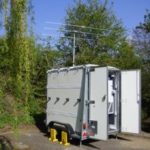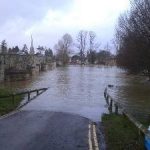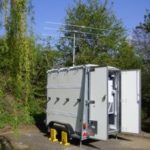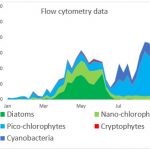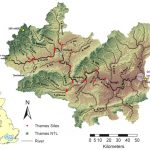The Host Laboratory for the Thames Estuary Supersite will be the Centre for Ecology and Hydrology (CEH) at Wallingford.
The London Thames Estuary is a coastal megacity catchment – one of many large cities sited at the mouths of major rivers at the point of convergence of the catchment and coastal zone where the key pathways of water, contaminants, and ecosystem function all interconnect and feedback on each other. Catchments containing megacities are critical zones for interactions in which the cities affect the regional environment (the atmosphere, the catchment and its subsurface, rivers and estuary) and the catchment provides the natural infrastructure and ecosystems that support and enhance the city. For example urban heat islands influence water fluxes and air quality, while fragmented and changing land use and abstraction of water impact on biodiversity and ecosystem services. Human activity gives rise to significant inputs of pollutants and pathogens (e.g. bacteria, viruses, nutrients and mixtures of chemical waste) to the land, water and atmosphere, that impact on ecosystem function and resilience and human health. Sound knowledge of these interactions is critical to sustainable development. While the basic connectivity of the system is understood, the strength of the connections the major feedbacks and how these may respond to combinations of climatic and anthropogenic pressures remain unknown. Our knowledge of the physical, chemical and biological processes controlling and transmitting change are currently limited by a lack of consistent and comparable data and integrated models of the interactions operating at multiple scales.
The Thames Estuary Supersite is based on the developing LTEC (London Thames Estuary–Catchment) observatory to understand and predict the behaviour and response of this critical zone under climate and land-use changes. The observatory will not be a single, fixed entity, but a set of well define research questions, accessible knowledge and data hubs, a distributed network of sensors operating at a range of scales; and a suite of standalone and coupled models.
The infrastructure enables a whole system approach to address fundamental questions of: the environmental signature of a mega city catchment; the response of an environmental system with a mosaic of highly managed and semi-natural components to internal and external pressures; its sensitivities and vulnerabilities to change and to which feedbacks are most susceptible to management action; and the extent to which the system can be stressed before irreversible tipping points on ecosystem function and resilience are reached.
By measurement and simulation of environmental fluxes (e.g. energy, water, contaminants, etc) and trophic exchange within and between components of the LTEC, we anticipate major scientific advances in understanding the critical zone capacity to support life (air and water quality, ecosystem services, etc) and its resilience under changing environmental and man-made forcings.


